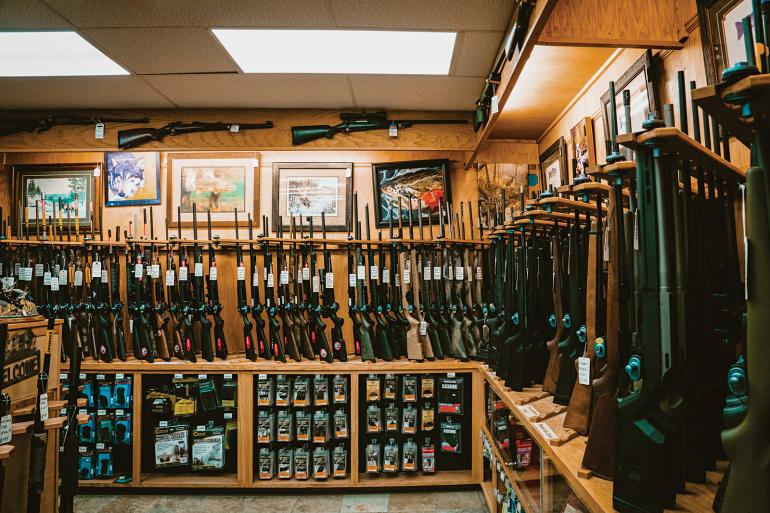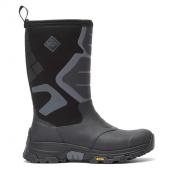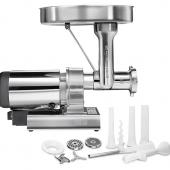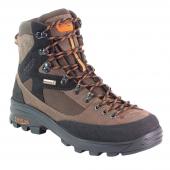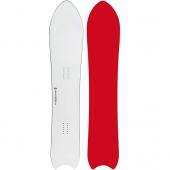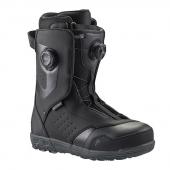Top Gun
What to consider when buying a hunting rifle.
If you’re new to firearms and haven’t bloodied a knife while field-dressing game, you may want to know...
What’s the Best Rifle?
Often, that question is really: What’s the best cartridge? That depends on what you ask of the rifle. The .22 long rifle cartridge will kill small animals such as squirrel and rabbit. It’s quiet, with almost no recoil, so you’ll learn to shoot accurately without flinching. Ammunition is inexpensive. You’ll find many lightweight, affordable .22 rifles across multiple action types and brands. Of current bolt-actions, I like CZs. Not the cheapest, but they’re very accurate and well-made.
For big-game hunting, you’ll need more power. Numbers tell you a little about the cartridge, .243 being a common minimum legal bullet diameter for deer and elk. Were I limited to one big-game rifle, it would be a 6.5 Creedmoor (6.5mm is metric for .264 caliber). It’s a relatively new cartridge but very popular, gentle in recoil, and offered in a myriad of bolt-action rifles. Factory loads are effective on deer, even elk. I’ve hunted with several rifles in 6.5 Creedmoor, stateside and in Africa, and used them on targets at long range. For hunting, bullet design matters a great deal, no matter the cartridge or rifle. Bullets of 140 to 143 grains serve the 6.5 Creedmoor well. If your .22 and 6.5mm Creedmoor are bolt rifles of similar weight and form, practice with the .22 transfers nicely to the 6.5. When you’re after elk and other tough game, a more powerful cartridge makes sense. I’d pick a .30-06 and use 180-grain bullets.
How Much Must I Pay?
A serviceable bolt-action hunting rifle shouldn’t cost more than $600 or so. My Ruger American is reliable, accurate and, at under $500, one of the best buys in 6.5 Creedmoor. Find $1,000 on the curb? It should buy you higher quality in materials (especially stocks), better fit and finish, perhaps better handling. Cut cost by shopping used. Given a modicum of care, rifles don’t wear out. Thin bluing and stock scratches don’t affect function. Check the bore to see that the rifling is bright and sharp, with no rust or pitting. Check the action and safety for hitch-free operation. Inspect wood buttstocks for cracks at the tang. Problems in these areas should warn you off. A stiff trigger can usually be adjusted for a consistent 3-pound pull. Does the stock fit you? It should naturally bring the rifle on target.
Can I Test Before Buying?
Unless you’re at a gun shop with a range or are buying from a friend, you’ll have to assume a rifle passing visual and dry-fire inspection will function reliably. I’ve owned hundreds, and only two did not. A shop should take back for repair or replacement any flawed firearm.
Should I Insure It?
Homeowner’s insurance should cover a stolen or damaged rifle. Your policy may put a cap of, say, $2,500 on firearms. Traveling by air? Check with the carrier.
What About a Scope?
You’ll aim more easily and accurately with a scope than with iron sights. Scopes specifically for .22 rifles (and so listed) are parallax-corrected at 75 yards, for short shots, meaning the crosshairs are on the same focal plane as your target image. Scopes for centerfire rifles are commonly parallax-free at 150. A variable 3-9 x 40 scope serves for nearly any task. The first numbers show the magnification range (3x to 9x). The third figure is the diameter of the front (objective) lens (40mm). Bigger lenses add unnecessary cost, weight, and bulk. They may also require high mounts, putting the scope’s axis above your natural line of sight. You don’t need a lighted reticle or an adjustable objective. For decades, scope tubes were one inch in diameter; many are now 30mm (bigger). Tube size doesn’t affect optical quality. Many scopes are imported and sold under US brands. Fine scopes come from Japan and the Philippines, as well as from Germany (Zeiss), Austria (Swarovski), the Czech Repulic (Meopta), and the US (Leupold). Most brands offer scopes at more than one price level. Mid-level scopes are the best buy; you may not see any image improvement in more costly models. You’ll want a second-plane reticle. A “plex” is most useful; it’s easy to see but affords precise aim.
Suppressors? Muzzle Brakes?
A suppressor (“silencer” is a misnomer) mitigates noise and recoil. It adds length and bulk to the muzzle, and you’ll pay a $200 licensing fee besides the cost of the device. A brake requires no license and can be slim as the muzzle. It reduces recoil but increases blast and noise.
Wayne Van Zwoll has published 15 books and 3,000 magazine articles on firearms, optics, ballistics, and hunting. He’s hunted worldwide and taught hunter-education courses in five states. A competitive shooter, he’s won state rifle championships and qualified for the final Olympic tryouts. He earned his doctorate in wildlife policy.


